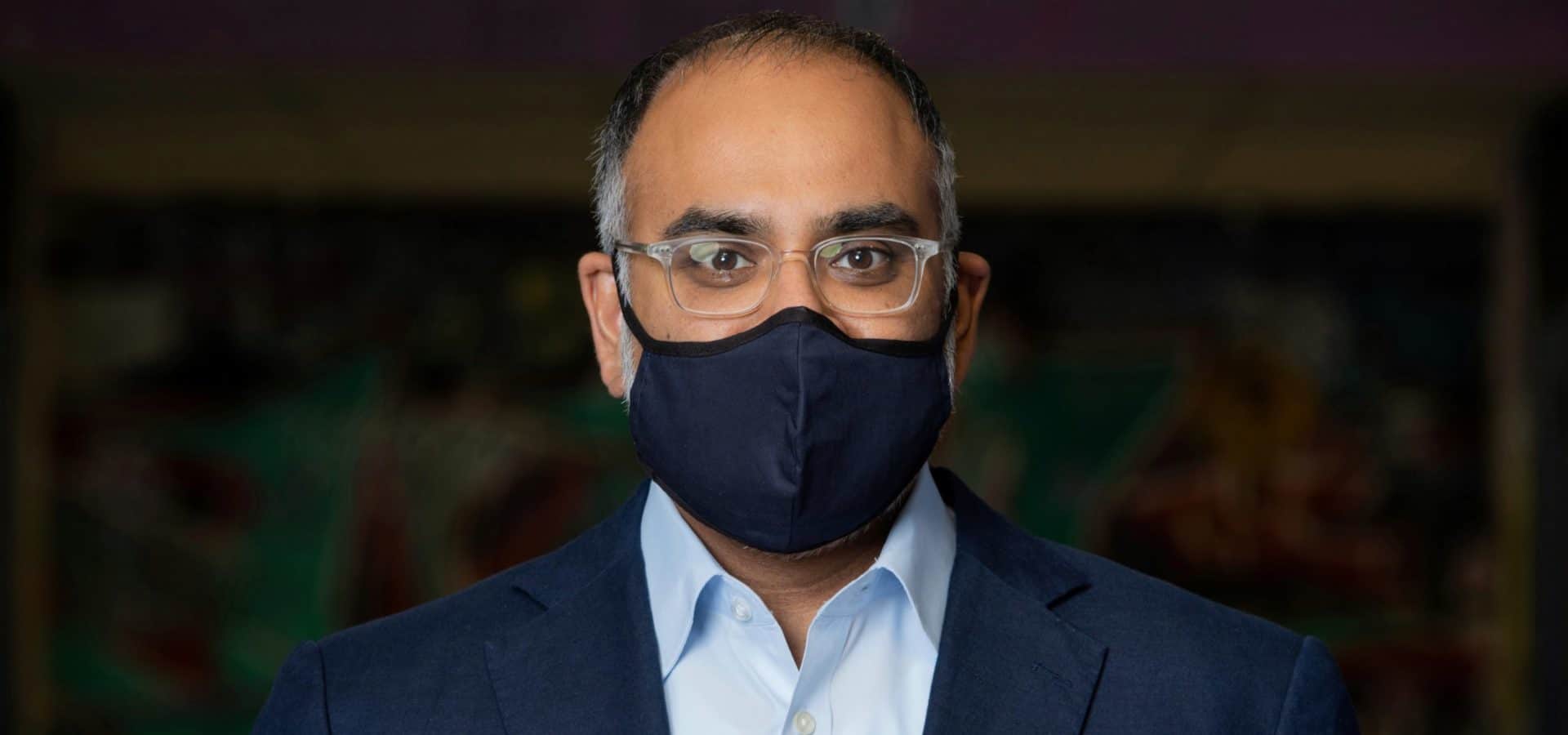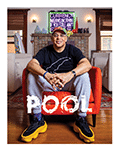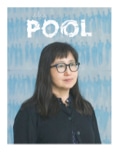The popular imagination offers a pretty narrow stereotype of the artist. We all see the tired cliches: the batty recluse, the oddball genius who rips off his own ear, the space cadet detached from reality.
Dramatic stories. But there’s no real evidence for these “required traits” of an artist.
We artists are more often the polar opposite: sometimes extroverted, often deeply engaged with society, and committed to making it—and each of us—stronger.
For as long as CalArts has brought artists together, it’s been our collective objective to help artists put their insights and gifts into practice, illuminate humanity’s truths, and foster a stronger world.
Said more plainly: We’ve long been built for pivotal times like this one. Perhaps our greatest calling as artists is to shine a light on humanity’s formative, foundational moments and movements, to let everyone see the bigger truths beyond our own individual lives and experiences. Our work lets society grasp and understand problems.
More than a half-century ago, when the first contours of CalArts emerged from the Los Angeles Conservatory of Music and the Chouinard Art Institute, Institute co-founder Walt Disney captured this central need bluntly.
“The remarkable thing that’s taking place in almost every field of endeavor is an accelerating rate of dynamic growth and change,” he wrote about CalArts’ establishment. “The arts, which have historically symbolized the advance of human progress, must match this growth if they are going to maintain their value in, and influence on, society.”
Robert W. Corrigan, the CalArts founding president, got this, too. Describing artists as “the seismograph(s)” of their age, he pressed us to see the public and social dimensions of the arts.
“The need to stretch the limits, the boundaries, of the human imagination is greater right now than it has ever been before in history,” Corrigan said upon accepting the CalArts presidency. “And it is for this reason that I believe the arts are not just valuable in the broad cultural sense that they enhance and shape the quality of the life we lead, but that they are essential to our survival as a human race.”
We are in a similar moment today, except that the opinions of those in statecraft are vastly different.
Around the time Corrigan accepted the presidency, President John F. Kennedy voiced a similar essence in his celebrated eulogy of the poet Robert Frost, something he delivered one month before his own death.
“If art is to nourish the roots of our culture, society must set the artist free to follow his vision wherever it takes him,” Kennedy said in the remarks, in 1963. “We must never forget that that art is not a form of propaganda; it is a form of truth. … (And) in free society, art is not a weapon, and it does not belong to the spheres of polemic and ideology.”
Imagine that sentiment coming from the White House’s current occupant. It won’t. Our current government trafficks in propaganda, not art.
Especially in these times, with facts and reality under a daily siege, we see and feel the political nature of truth in art—at every turn. We are reminded how Toni Morrison famously told us: “All good art is political! There is none that isn’t.”
The CalArtians spotlighted in this issue of The Pool represent just how poignantly our community is channeling truth and provoking thought amid historic movements for racial justice—and the global pandemic. Artists including Condola Rashad, Lyndon Barrois, Tasheka Arceneaux-Sutton, and Molly Surazhsky embody our recently rewritten mission statement, drawing on their own artistic practice to transform one another, our community, and our world.
How do they do this? They build and support a creative practice that captures the stories—indeed the truths—of our time. Their work isn’t wholly unlike investigative journalism. But instead of working after-the-fact, in a linear way, they’re shedding light on reality through generative expression. They’re emboldening views and visions that for too long were, or are, suppressed through systemic bias, marginalization, and racism.
And they are fulfilling the historic promise of the CalArts philosophy: challenging, lifting up, and integrating with society while avoiding the intellectual and creative isolationism that too long were hallmarks of arts education.
Just as CalArts helped provide a place to scramble entrenched conventions in the arts through things like the Feminist Art Program, the coronavirus pandemic is—in a much broader sense—scrambling conventions across the world. One example: Isolation and physical distance are quickening our dependence on remote interaction, from telehealth to learning and socializing. Another: Health disparities along lines of race and income are worsening as the virus does its worst damage to the marginalized and underprivileged.
Against this backdrop, it’s our duty to accelerate an overall understanding of artists’ role in society and how they are the keys to, in Kennedy’s words, “the future of our country and our civilization.” It’s up to us to raise awareness that artists create models of the world that reveal weaknesses and show possibilities for a resilient, more equitable future.
In fact, with the severity of crises and trauma confronting the world, it’s more important than ever that people have a clear, thorough picture of how artists engage, develop, and reinforce our shared wisdom. It’s important that everyone knows the effects of our work.
The task ahead of us transcends conventional debates about art: the so-called high or low; for-profit or nonprofit. It’s bigger than debating the validity of creative endeavors which make their authors money, and which don’t. Given the tri-fold emergencies of the health crisis, racial injustice, and the growing assault on truth, facts, and reason, we’re called today to safeguard the very survival of free expression and free thought—the space of art. We’re called to protect everyone’s ability to create, as we’re putting creativity into necessary action. We’re called to hold up the First Amendment, to turn its principle into the tangible.
Critics may call us elitists. Or crazy. They’ll trot out predictable political tropes to attack the creative and the artistic. But the truth is, our work is essential. We synthesize and distill the nuanced and complicated. We inspire in the face of uncertainty and confusion. Without the mirror we hold up to the world, we wouldn’t know one another or ourselves. We wouldn’t know Truth.
And we wouldn’t know the voices and stories of the marginalized, oppressed, and underrepresented—voices that can, and must, inform our drive for a fairer, more transparent status quo.
Let’s build on the examples set by the CalArtians highlighted in these pages. We must draw from their spirit. Our moment is now.







